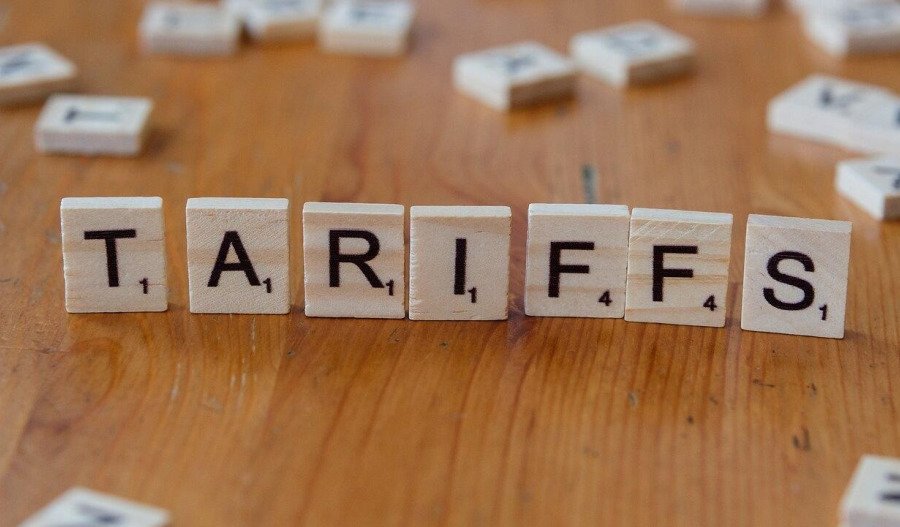The thing that has come upon us is that which we feared most: Based on the take of AMP chief economist Share Oliver, the impact of United States President Donald Trump’s tariffs could be - pardon the euphemism - of biblical proportions. Oliver is referring specifically to Trump’s tariffs announced overnight (Thursday AEDT), which based on his rough calculations, will take the U.S. average tariff rate to above levels seen in the 1930s after the Smoot/Hawley tariffs.
Without putting too fine a point on it, the Smoot-Hawley Tariff warrants a brief history lesson.
Most economists believe the Smoot-Hawley Act of 1930, which imposed rates as high as 41%, triggered a trade war that collapsed global trade, and helped transform the nascent recession into a decades-long global depression.
However, Trump clearly doesn’t see it that way.
In a recent speech, he blamed the Great Depression on the U.S. removing tariffs in 1913 and replacing them with an income tax.
Like most of his economic peers, Oliver believes the current round of tariffs will by default heighten the risk of a U.S. recession – via a further blow to confidence and supply chain disruptions – and a big hit to global growth.
“The risk of a US recession is probably now around 40% and global growth could be pushed towards 2% (from around 3% currently), depending on how significant retaliation is and how countries like China respond with policy stimulus.
Two sectors dodge tariffs
While the 10% tariff is bad news for the Australian industries affected, only 5% of Australian exports are sent to the U.S. worth around 0.9% of GDP.
Meanwhile, pharmaceuticals, Australia’s second largest export to America, worth around $2 billion annually, are not currently subject to tariffs, which is positive news for the likes of CSL (ASX: CSL).
Australia’s largest biotech has extensive operations in Switzerland which has been hit with a 31% tariff.
Another sector spared tariffs is Australia’s content production industry, which saw record expenditure from foreign titles (mostly American) of $1.22 billion in 2022.
The current tariff applies only to non-U.S. content if at least 20% of its value is U.S.-originating.”
Ripple effect on trading partners
While the direct hit to GDP growth is expected to be around just 0.2%, the bigger issue notes Oliver comes from the threat to global growth, particularly in China and Asia – Australia’s largest trading partners - which will likely result in less demand for exports.
Currently, 85% of Australia's exports go to Asia, with China alone accounting for 8% of Australian GDP.
It’s equally relevant to note that a third of Australia's budget is based on company tax receipts from selling iron ore and coal to China, Korea and Japan.
Unsurprisingly, if these countries slow down due to Trump’s tariff policies, it will have a negative impact on Australia’s revenue.
“Assuming Australia does not retaliate and the $A does not crash, Trump’s tariffs pose more of a threat to growth than cause higher inflation here, and so add to the case for more RBA rate cuts,” said Oliver.
Share market fallout
Given the even bigger threat to global growth, Oliver wouldn’t be surprised if share markets fell further, with U.S. futures now down 3.5%.
He suspects the shares will have a 15% plus correction based on this year’s high.
“A 10% fall in US shares was not enough to put pressure on Trump but a 15% plus fall likely will at some point result in some moderation in the tariffs and refocus on the market positive aspects of his agenda (like tax cuts and deregulation),” said Oliver.
“And eventually the Fed will likely respond with rate cuts, although this may be delayed given US tariffs will also add to US inflation.”
While this may present buying opportunities for investors with shares having become a bit overvalued, Oliver reminds investors that there may be a way to go yet.
With the exception of consumer staples (0.40%) all other sectors were in the red at midday, with the ASX200 down 1.3%.



